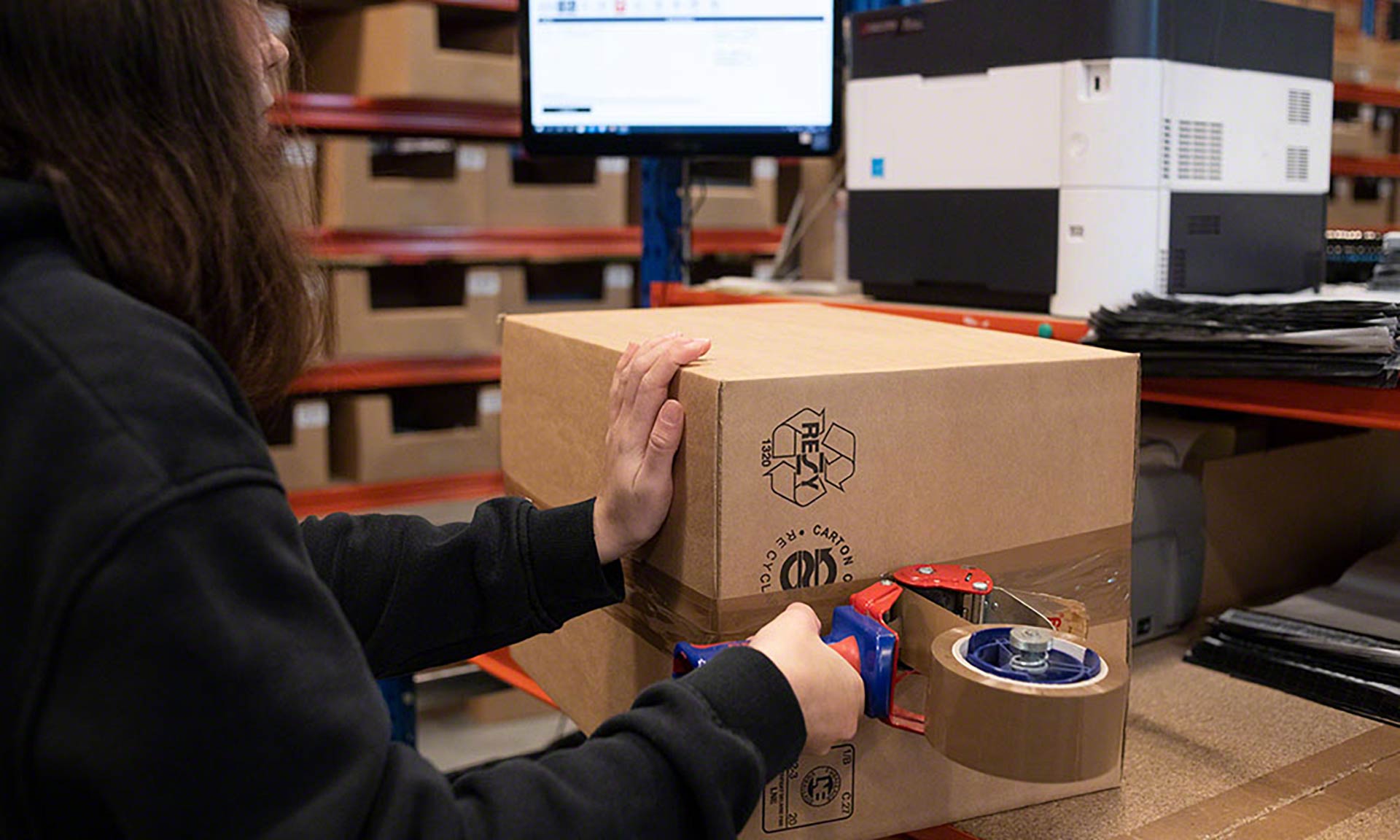Sustainable Logistics: How 3PLs Can Reduce Carbon Footprints
Introduction: What is 3PL and Why It Matters
In today’s eco-conscious world, businesses are under increasing pressure to minimize their environmental impact. As supply chains contribute significantly to carbon emissions, the logistics industry, particularly third-party logistics providers (3PLs), plays a crucial role in driving sustainability. By adopting greener practices, Canadian 3PLs can help reduce the carbon footprint of supply chains while promoting efficiency and cost savings.

1. Warehouse Sustainability Initiatives
Sustainable practices in warehouses can include energy-efficient lighting, such as LED systems, and utilizing renewable energy sources like solar panels. Temperature control strategies, like natural ventilation or smart HVAC systems, can further reduce energy consumption.
Top 3PLs can also adopt automation and robotics to streamline warehouse operations. Automated systems can reduce energy usage by improving efficiency, minimizing human error, and optimizing space utilization. Implementing waste management programs that focus on recycling and reducing waste is equally important. Using eco-friendly packaging materials and encouraging reusable packaging solutions can significantly minimize environmental impact.

2. Embracing Green Technology
- Technology is a powerful enabler of sustainable logistics. Many Ontario 3PLs are adopting digital tools to optimize supply chain processes, reducing waste and emissions. For instance, warehouse management systems (WMS) can improve inventory accuracy and pick route efficiency, leading to fewer empty miles and less waste. Furthermore, data analytics can help 3PLs identify inefficiencies and find opportunities to implement greener practices..
3. Collaborative Efforts in the Supply Chain
Sustainability often requires collaboration across the entire supply chain. 3PLs can act as sustainability partners by educating and encouraging their clients to adopt green practices. By sharing data, resources, and best practices, 3PLs and their partners can jointly reduce carbon footprints.
Collaborating with carriers and other logistics providers to fill trucks to capacity, share transportation resources, consolidate freight, and reduce empty returns can also lead to significant emissions reductions. Encouraging suppliers and customers to embrace sustainable packaging, recycling programs, and reverse logistics can further boost the green credentials of the entire supply chain.
4. Measuring and Reporting Sustainability Efforts
Transparency is a key component of sustainability. 3PLs can enhance their sustainability initiatives by measuring and reporting their carbon footprint. Implementing key performance indicators (KPIs) related to emissions, waste reduction, and energy efficiency can help track progress and identify areas for improvement.
Sharing sustainability metrics with clients not only demonstrates commitment to eco-friendly practices but also helps businesses meet regulatory requirements and corporate social responsibility (CSR) goals. Many companies are now prioritizing partnerships with 3PLs that align with their sustainability values, often looking for those who excel in supply chain optimization and green supply chain initiatives.

Conclusion
As businesses strive to meet sustainability goals, 3PLs have a unique opportunity to drive positive environmental change. Embracing sustainable logistics is no longer just a trend—it’s a responsibility and a strategic move toward a greener future. The path to sustainability is a collaborative effort, and Canadian 3PLs are well-positioned to lead the way toward a more sustainable supply chain ecosystem.
 Skip to main content
Skip to main content
